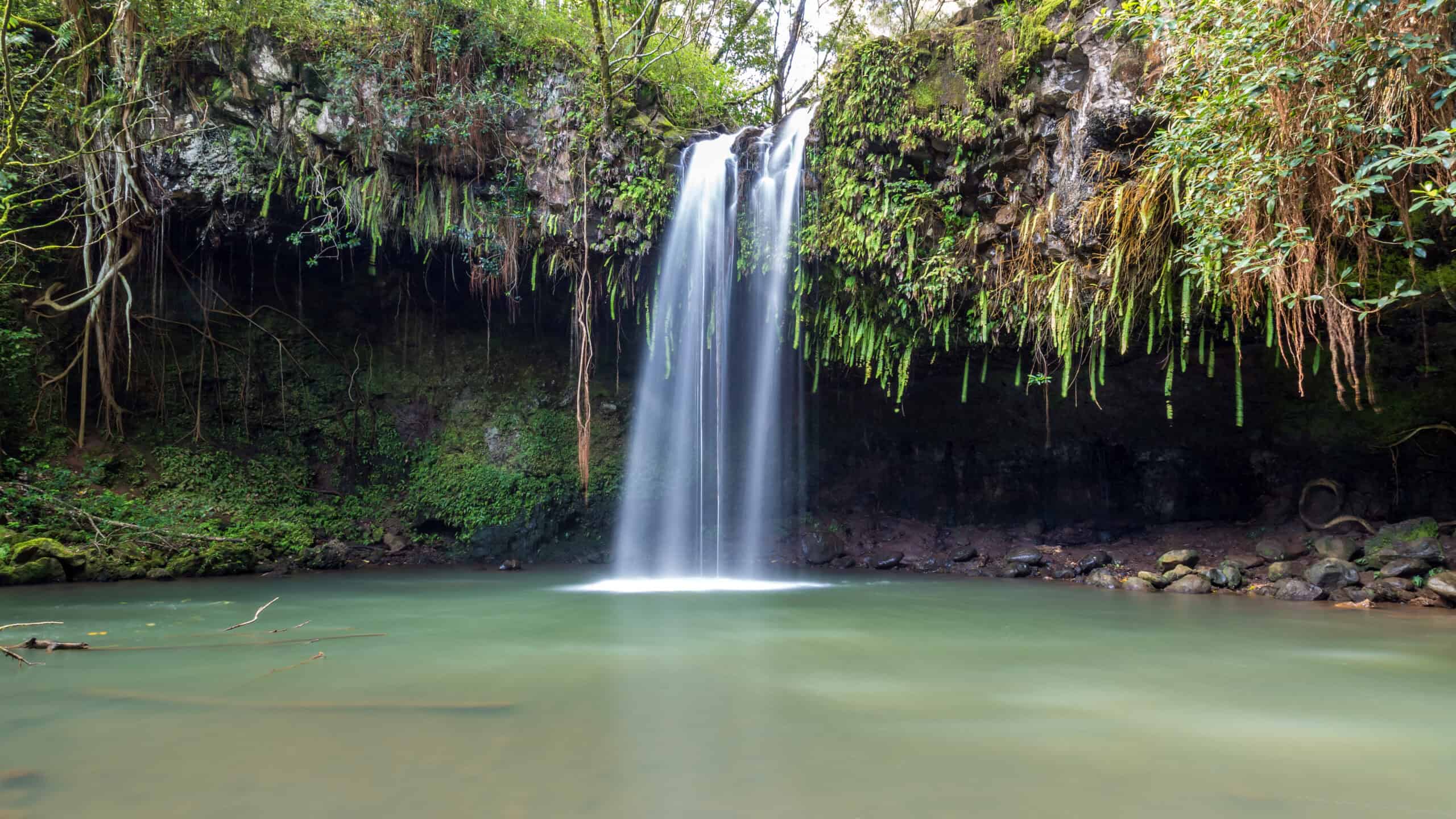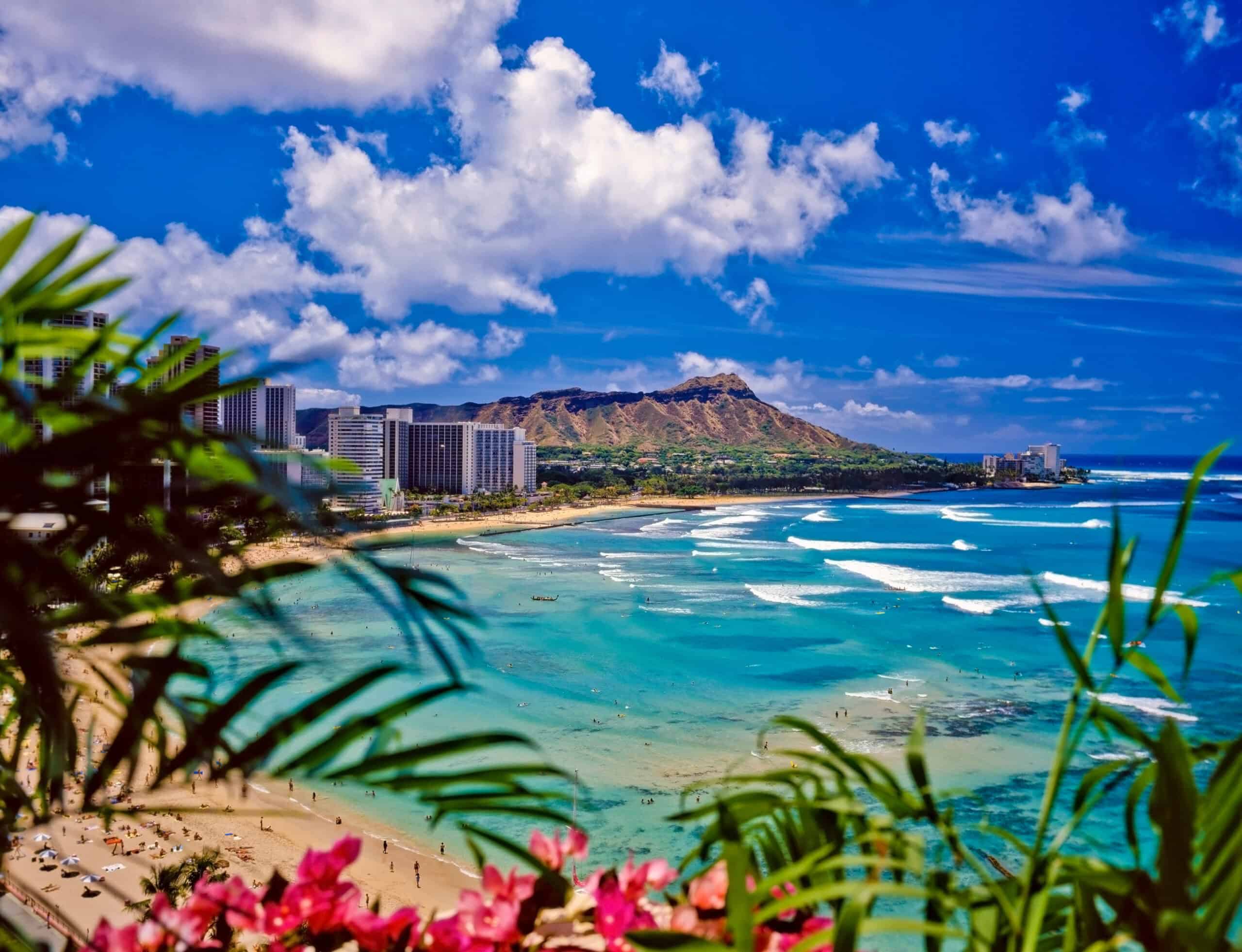Located along the Road to Hāna on Maui’s northern coast, lies a 484-acre botanical garden known for its amazing variety of plants, stunning natural beauty, and unmatched cultural significance to the history of Maui. This is Kahanu Garden.
But Kahanu Garden isn’t just another botanical garden. It’s nestled within a breathtaking natural environment that showcases the beauty and diversity of Maui’s landscape.
It’s home to plants like kalo (taro), ʻuala (sweet potato), and mai‘a (bananas), and boasts the most diverse collection of ulu (breadfruit) varieties in the world. It’s surrounded by Maui’s lush rainforests, black lava seascapes, and one of Hawaiʻi’s last undisturbed hala forests. It’s also home to Piʻilanihale Heiau, the largest ancient temple structure in all of Polynesia.
We’ll dive into all of this rich history and natural wonder so even if you’re only spending one day in Maui, Kahanu Garden will make it on your list.
Origin of Kahanu Garden
For generations, the land belonged to Chief Kahanu—who was given the land by King Kamehameha III in 1848—and served as an important part of the cultural landscape. But as the agricultural industry boomed in the second half of the 1800s, the area saw a massive transformation. Bustling sugar plantations moved in, and by the mid-1900s, sugar production waned, and cattle ranches took over.
The land held onto its deep cultural roots, however, and in 1974, there was a moment that would change the history of Kahanu Garden as we know it today. Descendants of Chief Kahanu, in tandem with Hāna Ranch—an active cattle ranch in Hāna—entrusted 61 acres of the land to the National Tropical Botanical Garden (NTBG), a non-profit organization focused on tropical plant life. Their goal: to honor the heritage of the land, restore the ancient Piʻilanihale Heiau temple, and safeguard the Kahanu family burial grounds.
Kahanu Garden was born.
It has since blossomed into a 484-acre natural marvel. Visitors can delve into the fascinating world of ethnobotany—the study of the relationships between people and plants—and visit the restored Piʻilanihale Heiau temple, a powerful testament to the rich history of the Hawaiian people.
Kahanu Garden Temple (Piʻilanihale Heiau)
Piʻilanihale Heiau is a 341-foot high and 415-foot wide temple that calls Kahanu Garden home. It’s the largest in Polynesia and its presence is a powerful reminder of the spiritual and religious practices of ancient Hawaiians. The dedicated restoration of this 13th century temple reflects a deep respect for its cultural heritage.
Heiau means temple or “place of worship.” Families and small communities would erect simple heiau to worship, but as communities grew, larger heiau were constructed. It’s largely understood that ali’i (chiefs) worshiped four major gods: Lono (peace, agriculture, and fertility), Kanaloa (the ocean, healing, and the underworld), Ku (warfare and agriculture), and Kane (the creator and giver of life). There’s also a strong possibility that Pele (fire, volcanoes, and land) and Hi’iaka (dance and fertility) were also worshiped.
Piʻilanihale Heiau is estimated to have taken over 300 years to complete. The ability for multiple generations to work together over nearly three centuries shows the cultural significance this heiau held for its people. The name “Piʻilanihale” translates to “House of Piʻilani,” after the revered chief Piʻilani who ruled around the 15th century. (The heiau’s construction likely began before his reign, but he’s credited with completing a large portion of the heiau.)
The temple served as a sacred space for religious ceremonies and rituals practiced by ancient Hawaiians. It’s believed to have been a place for offerings, prayers, and to pay respect to deceased ancestors. And its design is theorized to be a sign of sophisticated engineering, showing a more advanced and well-organized Hawaiian society than previously thought.
Today, you cannot walk on Piʻilanihale Heiau given its historical significance and preservation efforts, but you can walk through Kahanu Garden and view this ancient wonder from afar.
Kahanu Garden Biodiversity and Flora
Plant life in Kahanu Garden offers a variety of species traditionally used by Hawaiians as sources of food, medicine, clothing, and building materials.
Plants like kalo (taro), ulu (breadfruit), ʻuala (sweet potato), and mai‘a (banana) were—and still are—vital food sources in the Pacific Islands and many plants have medicinal properties traditionally used for healing purposes (ʻAwa (kava), for example, is known for its calming and pain-relieving properties.) Fibers from certain plants were used to make clothes and other textiles, and a variety of plants provided materials for building houses, tools, and other necessities.
Did you know? Kahanu Garden has the world’s most diverse collection of ulu (breadfruit). Breadfruit is a starchy, nutritious fruit that serves as a staple food source in many Pacific cultures.
One of many amazing features is Kahanu Garden’s preservation of one of Hawaii’s last undisturbed hala forests. Hala is an important resource for Hawaiians and tree materials were used for canoes, clothes, and houses. Kanahu Garden’s hala forest remains undisturbed from human activity and invasive species, like the Pandanus scale insect— tiny black insects that infest hala trees. (Kahanu Garden prioritizes prevention, monitoring, and implementing safe control methods when necessary to keep these critters away.)
The combination of an amazing variety of plants, the continued commitment to ethnobotany, and the deep cultural knowledge of the environment shows the dedicated effort of Kahanu Garden to preserve the practices of the Hawaiian people regarding their natural environment and the deep appreciation of a balanced relationship between humans and the natural world.
Everything You Need to Know About Kahanu Garden
Kahanu Garden offers self-guided and guided tour opportunities to experience the natural beauty this botanical garden has to offer. Guided tours may book up fast, so be sure to schedule your reservation. Self-guided tour reservations are appreciated and tours take about an hour, according to their website.
Here’s all the details you need to know before visiting Kahanu Garden:
Hours
Kahanu Garden is open from 9 a.m. to 3 p.m. Monday through Saturday. The Garden is closed on Sunday.
Price
Self-guided admission:
- $18 for adults
- $10 for Kama’ainas (Hawaiian residents who must show state ID)
- Free admission for Hāna residents and Keiki’s (children 12 and younger)
Guided Tour:
- $30 for adults
- Free for children 12 and younger
Visit their website for more information regarding student and tour group pricing here.
Parking
Parking at Kahanu Garden is available but there may be limited spots (the parking lot isn’t huge). With no reserved parking, you may have to wait a bit if the lot is full.
Parking tips: If you’re visiting during peak season or on a weekend, try to get there early for a spot. (It never hurts to carpool either to save parking spots and our environment!)
Road to Hāna Mile Marker
Kahanu Garden isn’t directly on the Hāna Highway itself. You’ll find it on Ulaino Road, a little past mile marker 31. You should see a sign for the Piʻilanihale Heiau and Kahanu Garden.
How to get there: Look out for mile marker 31 on Hāna Highway and after you pass it, take a left turn onto Ulaino Road. Kahanu Garden is less than half a mile down Ulaino Road and will be on your left side.
Best Time to Visit
The best time to visit is between April and May or September and October. These windows offer nice weather and fewer crowds.
If you choose the dry season (May to October), you’ll find the most pleasant weather for exploring the garden. But if you head there in the winter (November to March), you’ll experience the wettest season with the chance of some blooming, colorful flowers.
We recommend arriving early in the morning (around opening time at 10:00 a.m.) or afternoons (after 2:00 p.m.), to avoid mid-morning tour groups. If you can get there on a weekday, we definitely recommend that over a weekend day.
What to Bring
Regardless of when you visit, be sure to check the forecast beforehand and pack accordingly. Rain showers are always a possibility, so bring a raincoat or umbrella.
Wear comfortable shoes and clothing, bring some snacks, and definitely lather up with sunscreen. And don’t forget your camera.
Learn More About the Flora of Maui
We at Maui Ocean Center also show our love for Maui’s flora with our new Hawaiian Culture & Plant Tour. This 90-minute journey explores the connections between Hawaiian culture, land, and ocean and is led by our experienced naturalist. Through interactive activities like smelling plants, listening to kukui nuts, and tasting traditional crops, you’ll experience our culture firsthand and learn the importance of native plants and the support efforts to restore coastal vegetation.
Check out our plant tour and be sure to reserve your tickets today!
When traveling to Maui there will never be a shortage of things and places to see. Make sure you’re always abiding by local and cultural laws when exploring the natural beauty of Maui and most importantly, relax! That’s what you came to do after all.





